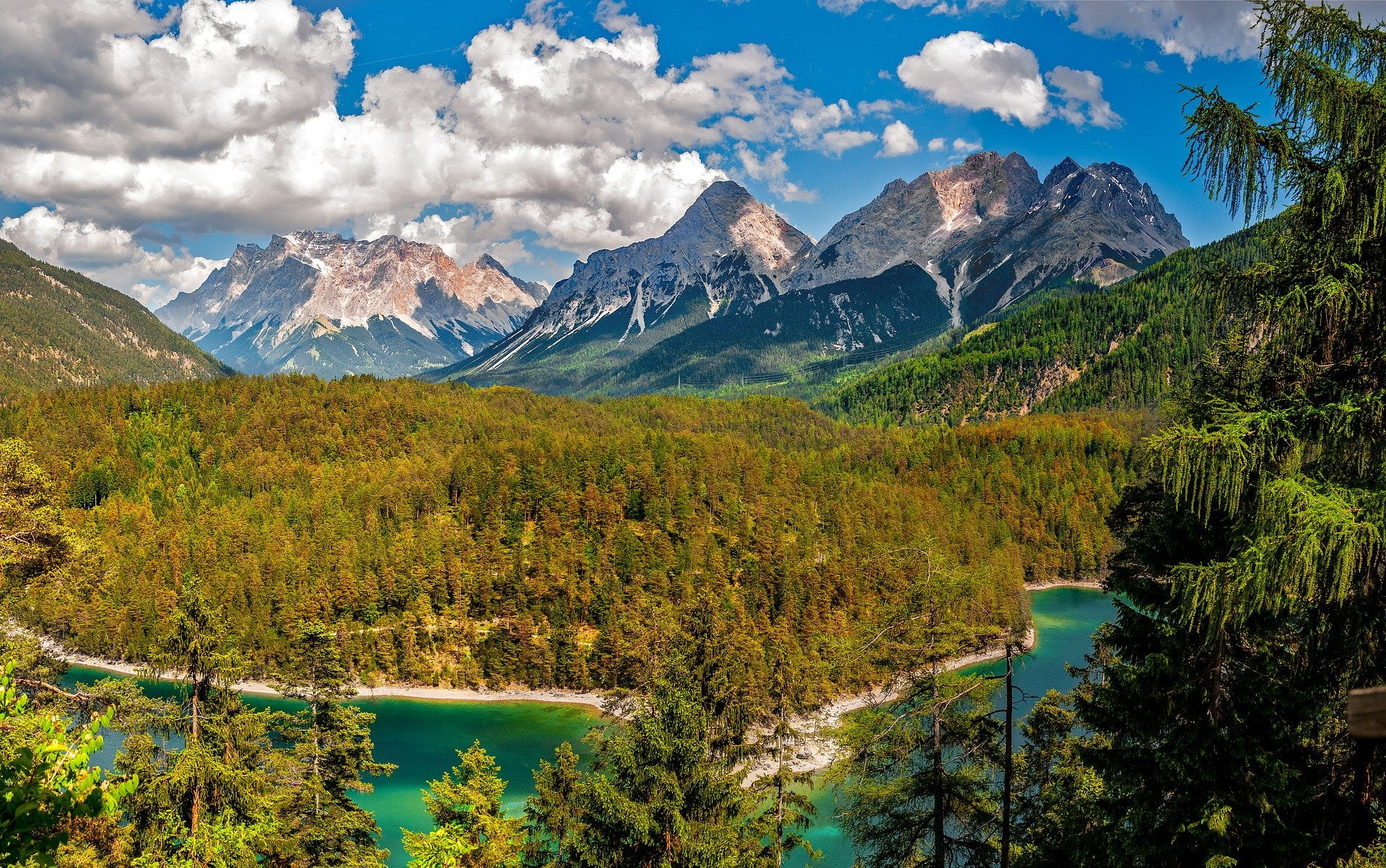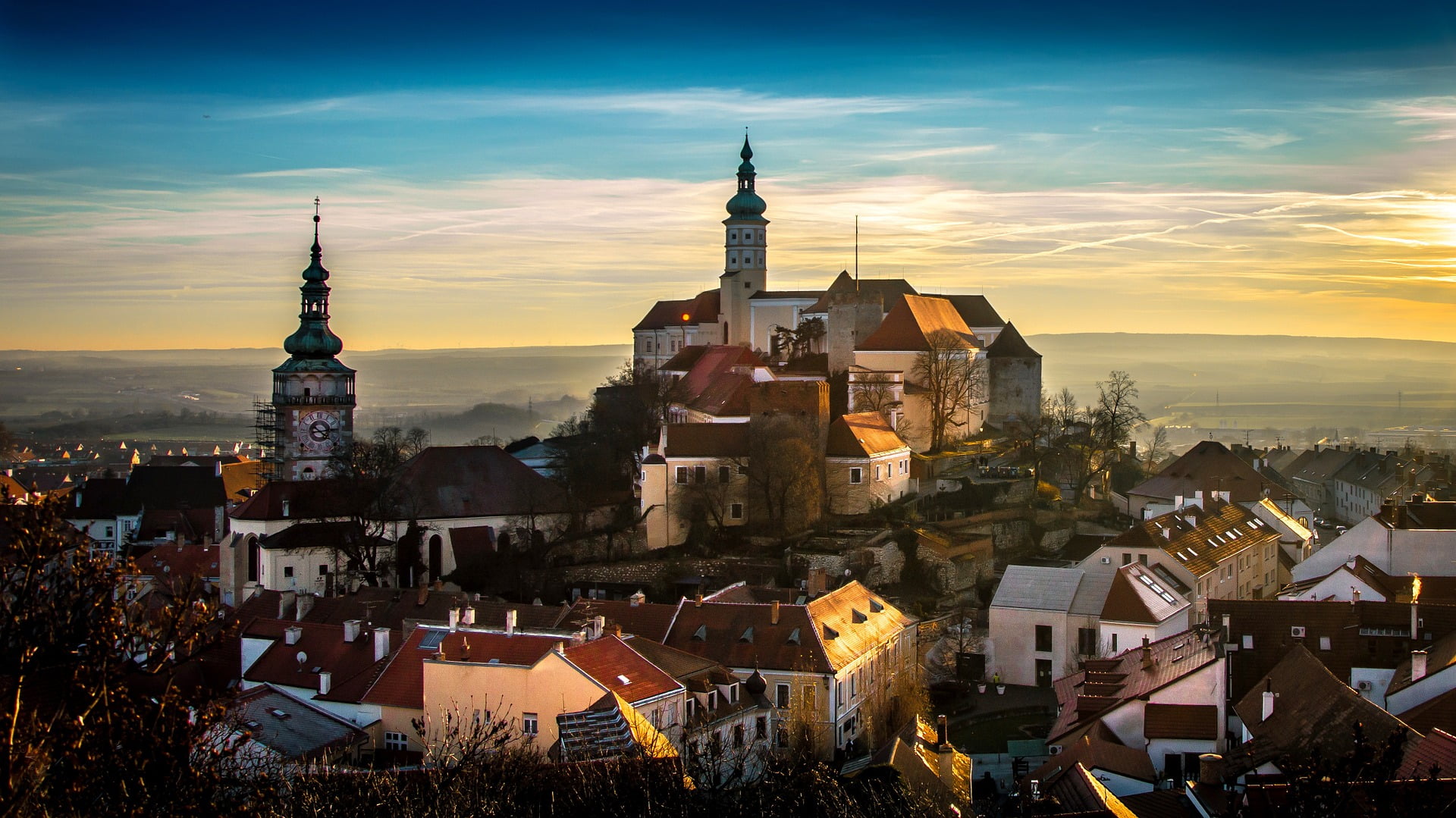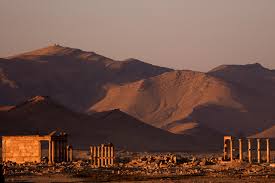Before we begin, make sure you read our latest blog on “10 Amazing Facts About Bermuda” for some insightful information.
10. Austria has the world’s largest ice cave. The Eisriesenwelt is a limestone and ice cave located in the Hochkogel mountain in Werfen, Austria. It is the world’s largest ice cave and is over 42 km long. The Eisriesenwelt was formed by the erosive action of the Salzach River. Snow thawing from the glaciers around the cave drained into it and froze in the winter resulting in the ice formations. Today, over 2 million tourists visit the site each year.
9. In 1788, the Austrian army defeated itself. During the Austro-Turkish War, a drunken brawl and mistaken identity led to a massive loss for Austria. When the Ottoman army arrived in Karansebes on September 1788 they found victory awaiting them. They saw no need to engage in battle as the Austrian army had fought against each, killing their men, and leaving no one to defend the town against the Ottomans.
8. Austria is known as the Land Of Music. During the 18th and 19th centuries, Vienna was the European capital of classical music and an important hub of musical innovation. The patronage of the Habsburgs, the then royals of Austria, allowed top musicians from other parts of Europe to practise their art in the country. Legendary musicians like Mozart, Beethoven, Joseph Haydn, Johann Strauss 2, and others are all associated with Vienna.
7. Austria’s association with music does not end here. The biggest grossing musical film of all time, “The Sound of Music” was filmed in Austria. The film was released in the year 1965. Millions across the globe watched the film whose stunning scenery, family values, and music captivated all hearts. Since the release of the film Salzburg became a top tourist destination and even today, thousands of “The Sound of Music” fans continue to visit the filming locations of the film in Austria.
6. Mountains dominate the landscape of Austria. Only 32 percent of Austria is below 500 meters and only one-quarter of the nation can be considered low lying. Austria is a highly mountainous country. It is located within the Alps and includes most of the Northern and Southern Limestone Alps and the Central Eastern Alps. The highest point in the country is at an elevation of 3,798 meters.
5. Austria is an anti-nuclear country. Austria is one of the world’s few countries that do not support nuclear power development. The country has no nuclear power stations and remains opposed to nuclear power.
4. The world’s oldest surviving zoo is in Austria. Opened in the year 1752, the Tiergarten Schonbrunn is the oldest continually operating zoo in Austria. It is located on the grounds of the Schönbrunn Palace in Vienna. This zoo is regarded as a scientifically administered zoo where the primary purpose is the conservation of species and the creation of awareness about the need for such conservation.
3. Austria has the oldest surviving restaurant in Europe. First mentioned in a 9th-century document by a scholar, St. Peter’s Stiftskelle is believed to be Europe’s oldest documented restaurant. However, for some time in its history, the restaurant was forced to close down due to Napoleon’s invasion and reopened later. This restaurant is located in St Peter’s Abbey in Salzburg. It has eleven distinct dining rooms with the most recent one dating to the 17th century. The oldest of these rooms are carved into stone cliffs. Over the centuries, the St. Peter’s Stiftskelle has hosted many dignitaries including members of various royal families.
2. Austria is a winter sports paradise. With over 400 ski resorts, Austria is a dream destination for those in love with winter sports. Tirol in the country offers the best skiing opportunity. The country has a huge variety of facilities and attractions for visitors of all kinds. Safety is of the topmost concern in the country and hence, the ski resorts are required to maintain high technical standards on their facilities.
1. Austria is often regarded as the birthplace of Waltz. Waltz, a beautiful and graceful dance form performed in ballrooms today, traces its roots in similar dances performed centuries back in the countryside and later the royal courts of Austria. By the 16th century, this gliding dance form had become popular in most of Europe.




